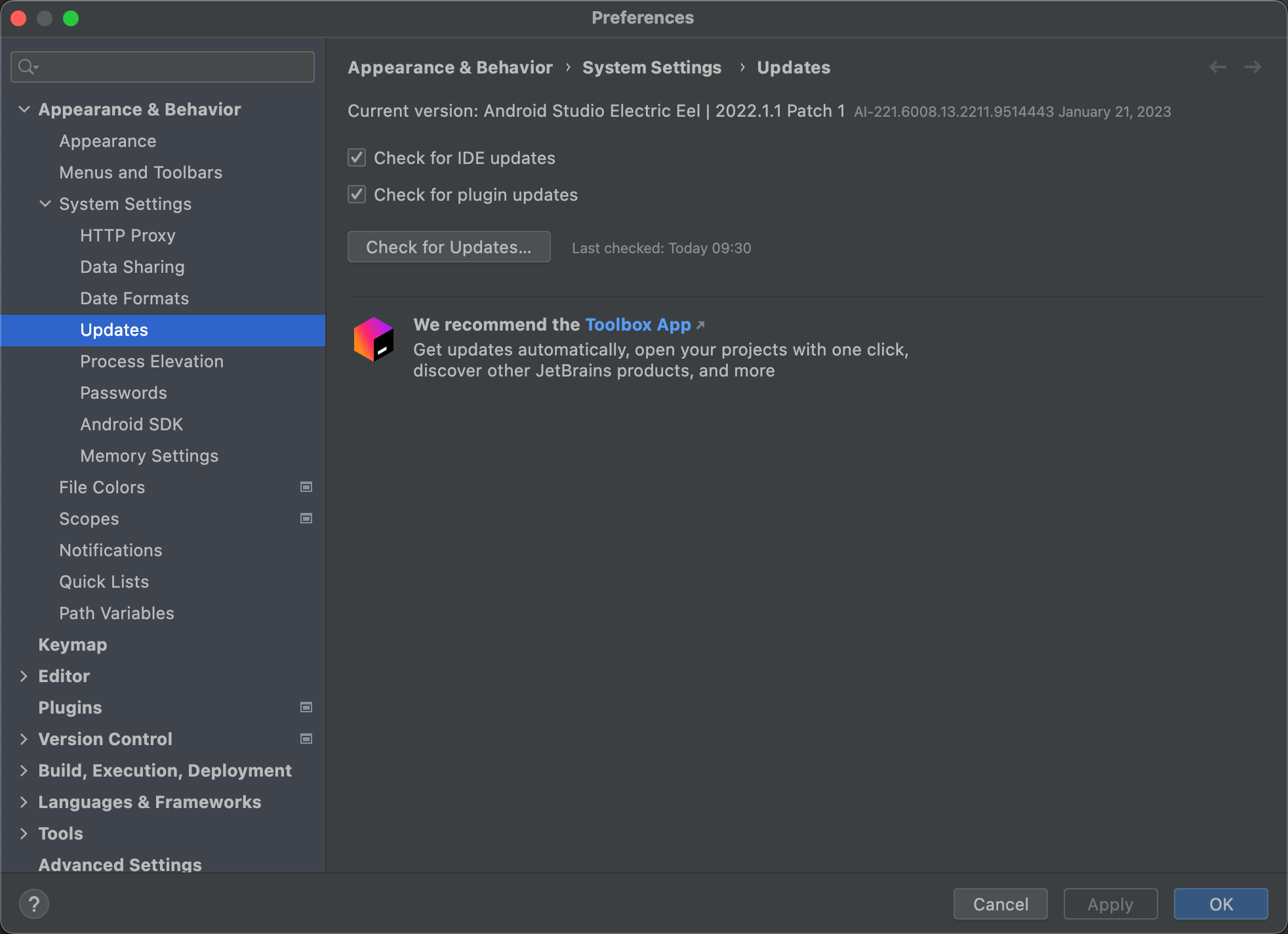
- #Android studio create arm emulator how to#
- #Android studio create arm emulator install#
- #Android studio create arm emulator update#
- #Android studio create arm emulator android#
- #Android studio create arm emulator code#
Much like waking a physical from a sleep state, as opposed to booting Starting a virtual device by loading a snapshot is You can now save multiple AVD snapshots for a given deviceĬonfiguration and choose which of the saved snapshots to load when you Ideally it is more like hibernating the virtual device with config intact, hence everything is preserved.
#Android studio create arm emulator android#
This approach is still viable with Android Studio 3.0.1Īfter upgrading to emulator version 27.2.9 and above it now makes preserving root much easier through snapshot feature (if copying the system.img method isn't working): Irvin H: Rooting the android emulator –on Android Studio 2.3((Android 4.4) Special gratitude to Irvin H, whose tutorial inspired me to create this guide after myself having failed countless times, and also after seeing the need for many users to root their emulators too. Most content in reference was for older android versions and hence the reason for different commands and paths which I modified. Open any app requiring SU permissions just to double check and indeed SuperSU ask if you wish to grant it su permissions.
#Android studio create arm emulator update#
That’s pretty much it!! Open SuperSU app and it may ask to update binaries, you can use Normal method. Finally turn off selinux through this code:.Setting SELinux to Permissive(i.e turning off SE Linux).
#Android studio create arm emulator install#
#Android studio create arm emulator code#
This is the code I successfully used: adb -e push C:\%USERPROFILE%\Desktop\rootemu\x86\su.pie /system/bin/su


Install the SuperSu app firstly, just do drag and drop (if running latest emulator version or sideload through adb i.e adb -e install supersu.apk)Īfter installing it, when you run it shows a screen as shown below indicating “There is no SU binary installed.”. Note: SuperSU is now deprecated, but this method still works to root the emulator, and more updates will be given for newer rooting methods. Recovery flashable.zip (contains su binary) (Here is alternative mirror link for flashable zip if the main link is not working : Flashable zip super su 2.82 for all roms) SuperSU app (chainfire) latest version 2.82

I’m pleased to inform the community of an easier way to root android emulator (run from standalone Android SDK)
#Android studio create arm emulator how to#
How to root android emulator (Android 7.1.1/ Nougat) Once the AVD is rebooted, root access is gone. How come Android SDK/Emulator does not offers such a feature?Įdit4: The answer by xavier_fakerat seems to work perfectly fine, however since Android Studio version 3.1 this doesn't seem to be a permanent rooting. How do I root an Android virtual device, running Android 7.1.1, effectively allowing installed apps root access?Įdit: I'd rather not resort to paid emulators like Genymotion if possible.Įdit3: Genymotion appears to be a viable solution, as an alternative emulator. I think it's quite odd that there's no option to toggle root - this is after all an SDK. Most answer haven been posted rather long ago.

I've researched this topic now for a while and have seen various approaches. Now I know that I can adb root and I have a root shell, but that doesn't allow the apps I install to have root access. I need to test a number of things, amongst others, some applications require root access to the device. I'm using the official Android SDK with the Android Emulator to create a virtual Android 7.1.1 (x86).


 0 kommentar(er)
0 kommentar(er)
